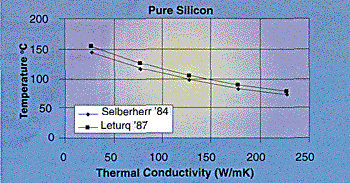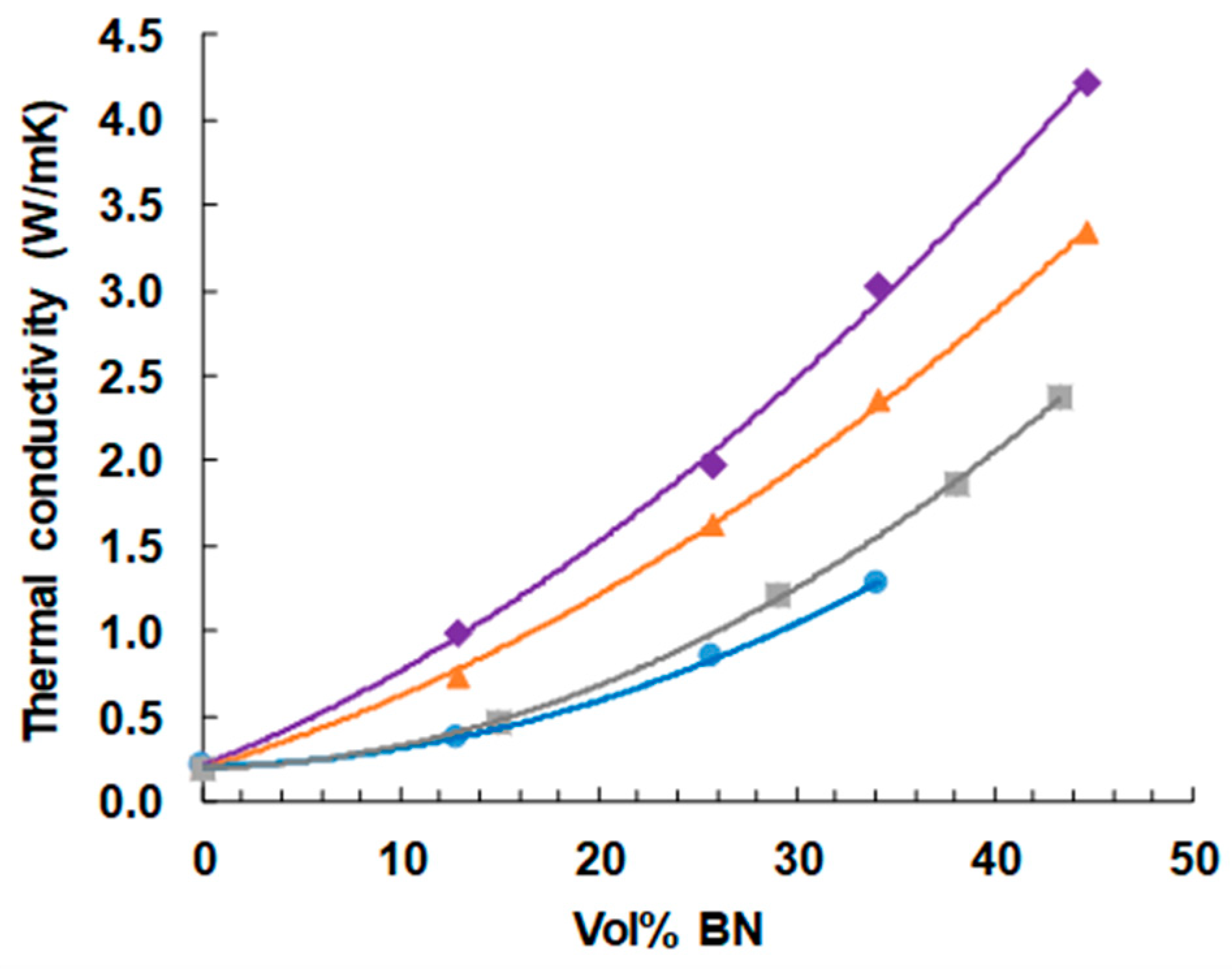The comparison of thermal conductivity and tensile strength between pdms phms mps al 2 o 3 sr and other silicone rubber based composites was shown in table 1.
Silicone thermal conductivity enhancement.
32 the group reported thermal conductivity enhancement upon straining the material up to 600.
For a md volume ratio of 24 7 vol the thermal conductivity of vertically multilayered md silicone composites reached 2 0 w m 1 k 1 which represents an increment as high as 335 in comparison with that of their random counterparts.
Quite different from the electrical conductivity of polymer composites it is a widespread view among polymer composites containing nanomaterials that there is no percolation threshold in thermal conductivity.
4 thermal conductivity of neat silicone rubber and its composites the measurement results of the thermal conductivity of neat silicone rubber and its composites were plotted in fig.
This is comparable to the value reported by bartlett et al.
The composites loaded with cnts displayed an abrupt increase in the electrical conductivity.
The thermal conductivity enhancement of silicone composites with 1 0 vol cunws gnps and mwcnts are 215 108 and 62 respectively.
There was a 65 enhancement in κ with 3 8 wt cnt loading.
High thermal conductivity enhancement of polymer composites with vertically aligned silicon carbide sheet scaffolds.
Besides the enhancement of the thermal conductivity of silicone rubber composites was found to be related to the decrease in the surface roughness of siocair and sionc ar n2 and nh3 sionc ar n2.
4 as a function of the weight fraction of the fillers.
The enhancement by equal loading of carbon black was found to be a little lower than that by the cnt loading.
After experiencing this large strain the material was unable to return to its original shape still retaining a.
Both thermal conductivity and tensile strength of pdms phms mps al 2 o 3 sr were higher than those of kh570 al 2 o 3 sr illustrating the advantage of pdms phms mps.
Herein a novel method consisting of the foaming and subsequent infiltrating processes is developed to construct a thermally conductive 3d framework in silicone rubber sr for enhancing the thermal conductivity.
More by minh canh vu.
Department of polymer science and engineering korea national university of transportation chungju 27469 republic of korea.
Jia long lin et al.
The thermal conductivity of the composite with 1 84 vol filler network was as high as 2 74 w m k exhibiting significant enhancement of thermal conductivity of 16 times compared with silicone rubber.
The thermal conductivities κ were found to increase with the carbon amount.
Moreover this is a relatively high value compared with previously reported silicone based composites.
For ecoflex by smooth on silicone with a similar egain volume fraction.
The thermal conductivity of the composites increased with increasing the contents of silicon carbide and reduced graphene oxide.









